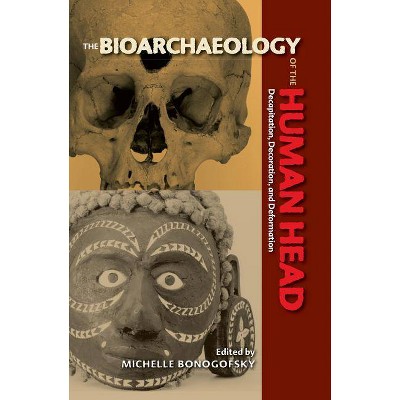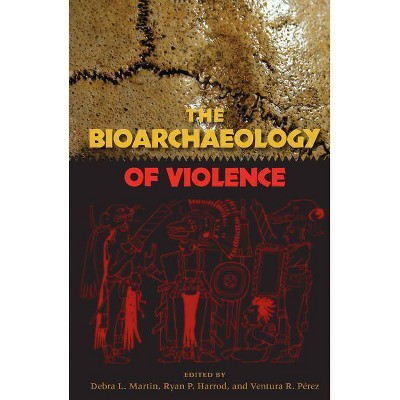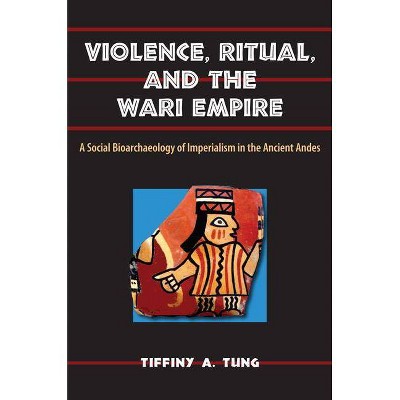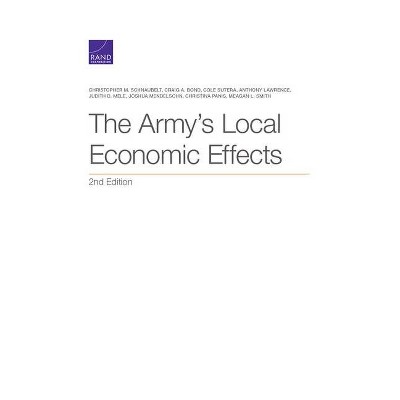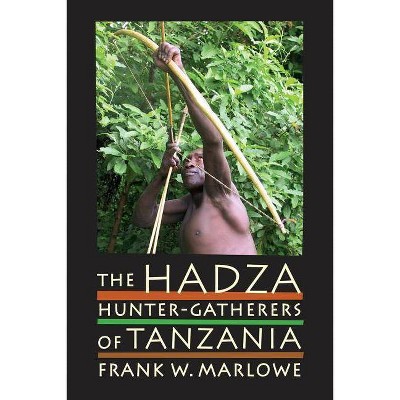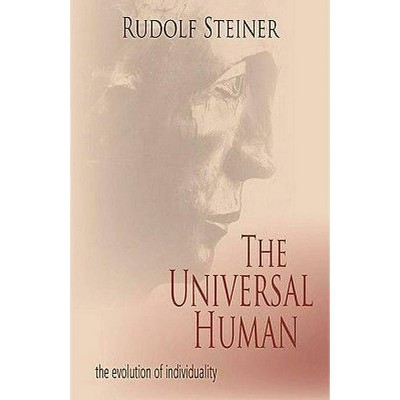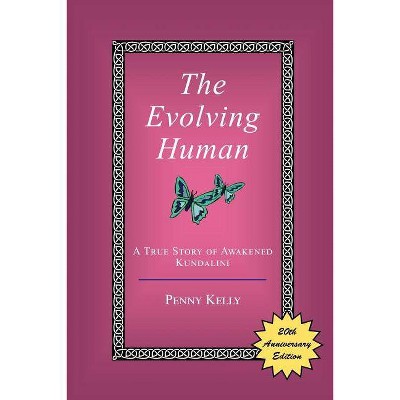Paleopathology at the Origins of Agriculture - (Bioarchaeological Interpretations of the Human Past: Local,) 2nd Edition (Paperback)
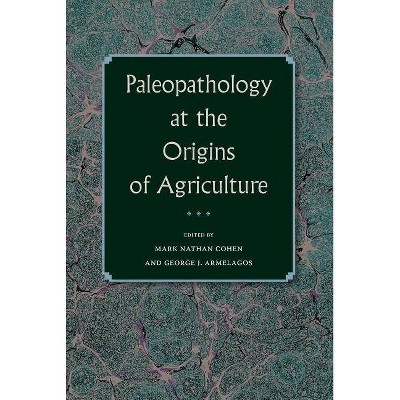
Similar Products
Products of same category from the store
AllProduct info
<p/><br></br><p><b> Book Synopsis </b></p></br></br><p>"Makes an important contribution to our understanding of the challenges our ancestors faced during the transition from hunting and gathering to agriculture. . . . A well-organized and highly readable volume that synthesizes an enormous amount of data on what is perhaps the most significant economic transformation in the history of our species."--<b><i>American Anthropologist</i></b></p><p>In 1982, the Conference on Paleopathology and Socioeconomic Change at the Origins of Agriculture was held in Plattsburgh, New York, to examine previously untested theories about how the adoption of agriculture had impacted human health. The collection of those conference proceedings transformed into this landmark book that set the standard for how to collect, analyze, and interpret osteological data in the study of health transitions. Using skeletal pathologies, the contributors examine how the transition from foraging to farming affected human health and nutrition. <p/> Now back in print and for the first time in paperback, <i>Paleopathology at the Origins of Agriculture</i> is a foundational piece in bioarchaeological literature and a central source of information regarding the impact of early farming on socioeconomic evolution. It remains a highly cited reference for archaeologists and physical anthropologists. <p/> Contributors present data from nineteen different regions before, during, and after agricultural transitions, analyzing populations in Africa, Asia, the Middle East, Europe, and South America while primarily focusing on North America. A wide range of health indicators are discussed, including mortality, episodic stress, physical trauma, degenerative bone conditions, isotopes, and dental pathology.</p><p><b> </b></p><p><b>Mark Nathan Cohen </b>is Distinguished Professor of anthropology at SUNY at Plattsburgh. He was awarded a Guggenheim Fellowship on the basis of this book's impact. <b>George J. Armelagos </b>is the Goodrich C. White professor of anthropology at Emory University and a recipient of the Viking Fund Medal.</p><br><p/><br></br><p><b> From the Back Cover </b></p></br></br><p>"Makes an important contribution to our understanding of the challenges our ancestors faced during the transition from hunting and gathering to agriculture. . . . A well-organized and highly readable volume that synthesizes an enormous amount of data on what is perhaps the most significant economic transformation in the history of our species."--<i>American Anthropologist</i></p><p><b> </b></p><p>In 1982, the Conference on Paleopathology and Socioeconomic Change at the Origins of Agriculture was held in Plattsburgh, New York, to examine previously untested theories about how the adoption of agriculture impacted human health. The collection of those conference proceedings transformed into this landmark book that set the standard for how to collect, analyze, and interpret osteological data in the study of health transitions. Using skeletal pathologies, the contributors examine how the transition from foraging to farming affected human health and nutrition.</p><p> <br> Now back in print and for the first time in paperback, <i>Paleopathology at the Origins of Agriculture</i> is a foundational piece in bioarchaeological literature and a central source of information regarding the impact of early farming on socioeconomic evolution. It remains a highly cited reference for archaeologists and physical anthropologists.</p><p> <br> Contributors present data from nineteen different regions before, during, and after agricultural transitions, analyzing populations in Africa, Asia, the Middle East, Europe, and South America while primarily focusing on North America. A wide range of health indicators are discussed, including mortality, episodic stress, physical trauma, degenerative bone conditions, isotopes, and dental pathology.</p><p><b> </b></p><p><b>Mark Nathan Cohen </b>is Distinguished Professor of Anthropology at SUNY at Plattsburgh. He was awarded a Guggenheim Fellowship on the basis of this book's impact. <b>George J. Armelagos </b>is the Goodrich C. White Professor of Anthropology at Emory University and a recipient of the Viking Fund Medal.</p><p>A volume in the series Bioarchaeological Interpretations of the Human Past: Local, Regional, and Global Perspectives, edited by Clark Spencer Larsen</p><br><p/><br></br><p><b> About the Author </b></p></br></br><b>Mark Nathan Cohen </b>is Distinguished Professor of anthropology at SUNY at Plattsburgh. He was awarded a Guggenheim Fellowship on the basis of this book's impact. <b>George J. Armelagos </b>is the Goodrich C. White professor of anthropology at Emory University and a recipient of the Viking Fund Medal.
Price History
Price Archive shows prices from various stores, lets you see history and find the cheapest. There is no actual sale on the website. For all support, inquiry and suggestion messagescommunication@pricearchive.us
